#Holy Well
Text
A review of:
The Origins of Ireland's Holy Wells by Celeste Ray
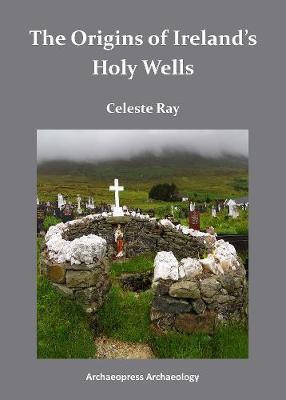
Celeste Ray, a professor of anthropology for the University of the South, USA wrote this book after extensive research, both desk and foot into Irelands Holy Wells. I would honestly recommend anyone with any interest in Irish religious practices, culture, paganism, or mythology to pick it up. An amazing book. I'll be giving my thoughts and what I liked and didn't like about it here.
What I liked:
A very well researched book that shows the authors dedication not just to anthropology but to the living practices she is documenting
The passion of the author is clear and they Mince no words when discussing other researchers and their work, pointing out the flaws, misconceptions and biases (some of which were wild I can't believe some of these people are taken as authorities on the subject when their conclusion was that wells are a toilet metaphor?)
Uses a wider pre roman European context for the evidence. As we are so often reminded, to treat Ireland as some how separate from Western Europe is ridiculous and is a disservice to the interconnection of the people of old.
The reframing of this idea, which is normally used as a strong force against nativist views into a supportive one was quite interesting.
Examines roman writings in a very balanced way that acknowledges the inherent propaganda but does not dismiss it outright.
There's a whole section of people including academics who seems desperate for a roman invasion of ireland, despite there being basically no evidence of it. Like people are fully making things up to try and force one, the author gives these people a sound dismissal in their restating of the evidence of raiding and trade over large-scale roman conquest. (Genuine question can someone explain why people are so mad for Romans in ireland?)
I thus learned more about pre roman Western European practices and archeology than I ever really had the desire to. I am now much more educated on the subject.
The framing of sites as important locations adopted and readopted based on shifting circumstances of the time rather than a "secret unbroken line" which is much more realistic.
The explanation of Holy Wells as archaeologically challenging sites was well explained.
Using etymology in the connection of wells to supernatural beings. Love etymology so this was amazing
The use of early irish literature to support existing claims. Which I know claiming that there are pagan elements in the literature basically gets you spat and jeered at but nevertheless is really compelling.
While this blog has been thoroughly against the lumping together of celtic cultures, this book makes a great case as to when it is appropriate to use the term celtic and that the rush to replace this term has very much resulted in the baby being thrown out with the bath water.
Actually engages with living culture and treats folklore and living sources/practices as evidence to be considered rather than "silly little irish peasants" but also does not take every tale as completely accurate literal history.
Plenty of examples and pictures of well in practice today.
Supports a general pre Christian, pre roman use of wells and springs as sacred sites but also acknowledges the influence of both (especially Christian) on the practice.
Acknowledges the diverse origins of holy wells, from one's that have have votive offerings since the bronze age to ones that were made sacred in the modern age.
Does not buy into any sort of "Christians are thieves" narrative.
Honestly this seems like the definitive book on irish holy wells.
What I didn't like:
While I loved the book there was definitely things I took issue with.
The assertive nature of the tone was entertaining, it did sort of feel like the author was this close to calling other researchers "fucking idiots", though humanities papers seem to have a much more aggressive tone than I am used to from my field of study.
The author makes many an interesting and compelling hypothesis in the book, but they are just that. These theories are then presented as the fact of the matter when really they are no more or less substantiated than the other theories.
Could have done without some of the "identity politics" on the celtic question section. Like I get that's a huge part of this authors work but I didn't feel it was all necessary to include.
Some of the mythological comparisons seem like a little bit of a stretch Low-key.
Either way this is a fantastic work and I urge everyone even remotely interested to buy it, it's a little pricey but well worth it. It can be purchased online on Google books(link). Now obviously this is all from my lay perspective, if anyone with actual qualifications wants to correct or argue feel free. This is just my perspective.
#irish mythology#celtic mythology#irish paganism#gaelic paganism#holy wells#celtic Christianity#ireland#resources#review#mine#anthropology#irish catholic#magic#féile#lúnasa#holy well
50 notes
·
View notes
Photo
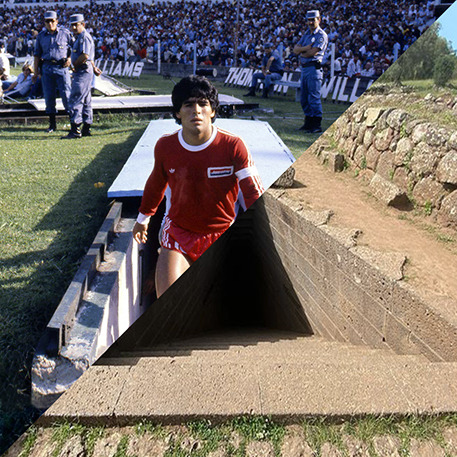
Diego Armando Maradona, Racing Club - Argentinos Juniors, Estadio Presidente Juan Domingo Perón, Avellaneda, Argentina, 14 may 1980 ph. Michel Barrault
VS
Sanctuary of Santa Cristina, Paulilatino, Italy, 1000 BC
#maradona#Diego Armando Maradona#football#soccer#racing club#Argentinos Juniors#Estadio Presidente Juan Domingo Perón#Avellaneda#Argentina#italy#italia#archaeology#sanctuary#well#bronze age#holy well#grave#sardinia#barbagia#Michel Barrault
91 notes
·
View notes
Text

One of two holy wells at Mám Éan in Connemara. Ireland is magical.
#máméan#prechristianireland#ireland#prechristian Ireland#Ireland#cottage core#gay pagan#gay mystic#gay magic#gay witch#queer mystic#queer pagan#queer witch#pagan#mysticism#paganism#holy well#Sacred well#connemara
136 notes
·
View notes
Text

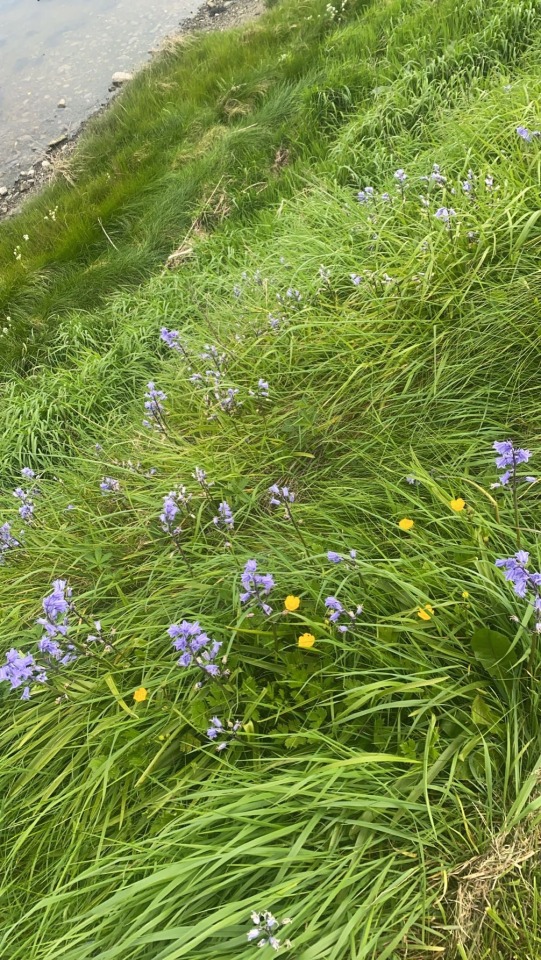
Lá Bealtaine sona daoibh
18 notes
·
View notes
Text

Kenny's Well, Kilkenny, Ireland.
An ancient holy well.
3 notes
·
View notes
Text



30th May 2023
A quiet well nestled in St Mylor churchyard, with a small gully running down to the wall and presumably out into the harbour just beyond it. The well water continues to be used in baptisms - a deliberate choice to link the current congregation with the ancient history of the church & the possible site of very early baptisms.
megalithic.co.uk
#Cornwall#Kernow#Mylor#St Mylor Church#Holy Well#Holy Spring#Sacred Well#Sacred Spring#St Mylor's Well#Mylor Well#Ancient Well
7 notes
·
View notes
Photo
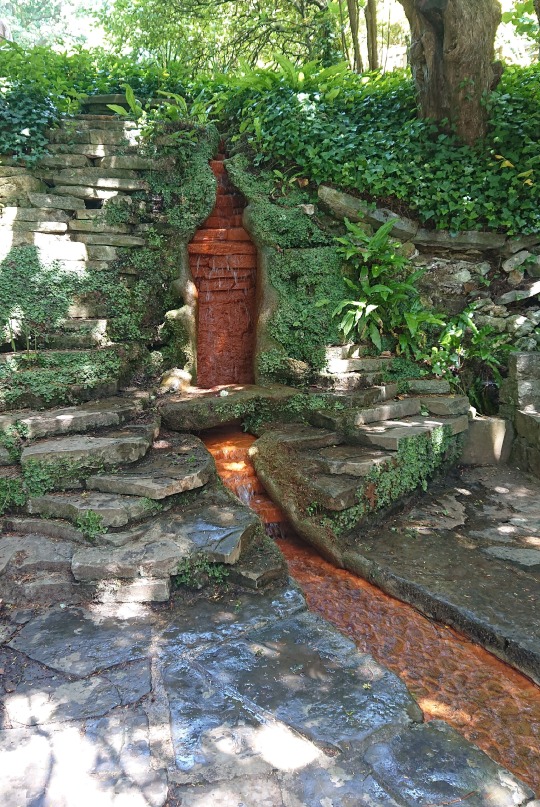
The fall to the healing pool in the Chalice Well Garden. Red from the iron oxide in the water the colour is attributed to the presence of the Grail, filled with Christ's blood and hidden somewhere near the source by Joseph of Arimathea, or to the blood of the local earth goddess, whose consort rules over the White Spring nearby. Home to Arthurian legends, 19th century occult societies, and a mingling of Christian and pagan pilgrims to this day the Well and her garden have a rich history.
It was unbelievably hot that day so being able to stand in the pool was incredibly welcome.
#chalice well#fairycore#witch academia#witchy academia#cottagecore#fairy academia#magic garden#glastonbury town#king arthur#holy grail#dark academia#light academia#romantic academia#history#secret societies#hellfire club#sacred spring#holy well#druid#druidry#celtic pagan#healing well#garden#nature#red spring
64 notes
·
View notes
Photo

sacred source Su Tempiesu near Orune, Sardegna, Italy
19 notes
·
View notes
Text

Irish Catholic Saint, St. Colman Mac Duagh holy well
More Saints of the Day Octobre 29
St. Narcissus
St. Abraham Kidunaja
St. Abraham of Rostov
St. Anne
St. Bond
St. Colman of Kilmacduagh
St. Cuthbert Mayne
St. Donatus of Corfu
Douai Martyrs
St. Elfleda
St. Ermelinda
St. Eusebia
St. Gaetano Errico
St. Hyacinth
St. John of Autun
St. Kennera
Bl. Maria Restituta
Martyrs of Douai
St. Maximilian
St. Terence of Metz
St. Theodore
St. Zenobius
16 notes
·
View notes
Text
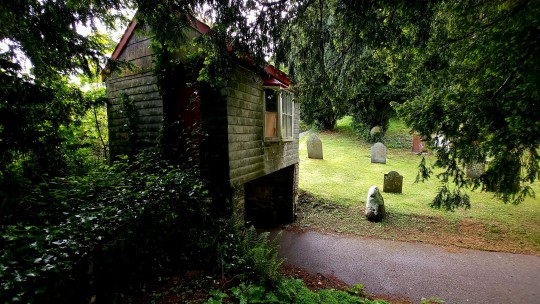

Lych Gates & Holy Wells
Saint Feock Church & Saint Feock Holy Well, Feock, Cornwall. / Eglos Synta Feoca & Fenten Synta Feoca, Lannfyek, Kernow
#cornwall#kernow#cornish#kernewek#church#folk witch#cornish witch#cornish folk witch#holy well#sacred spring#heddwyn post#ankrydor
28 notes
·
View notes
Text


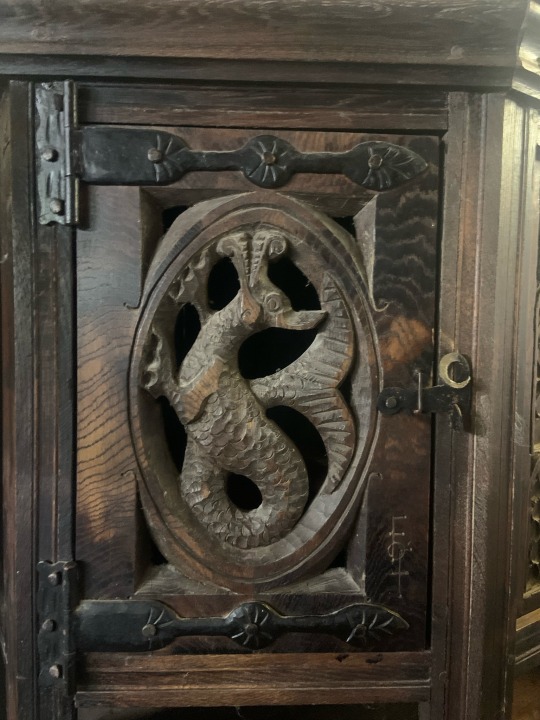
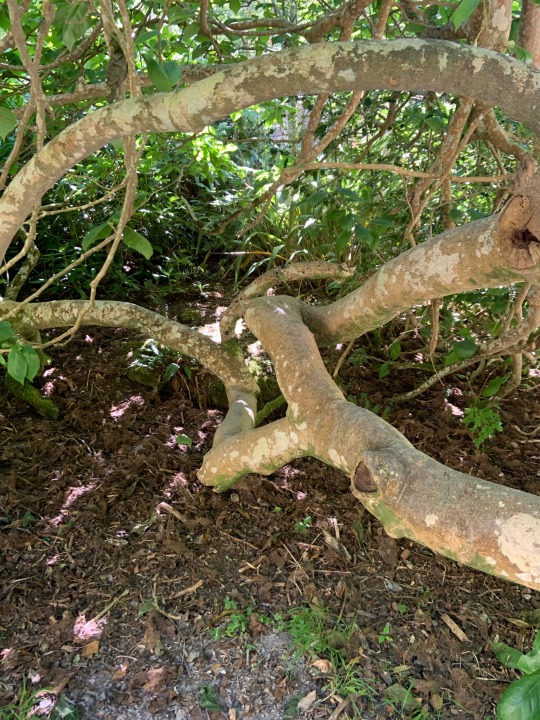






Random holiday pics, including the raven that followed us throughout the castle tour, interrupting the tour guide: medieval carvings: an interesting tree: jellyfish and stones on the beach: an iron-age souteraine: a holy well: a megalithic portal tomb
10 notes
·
View notes
Text
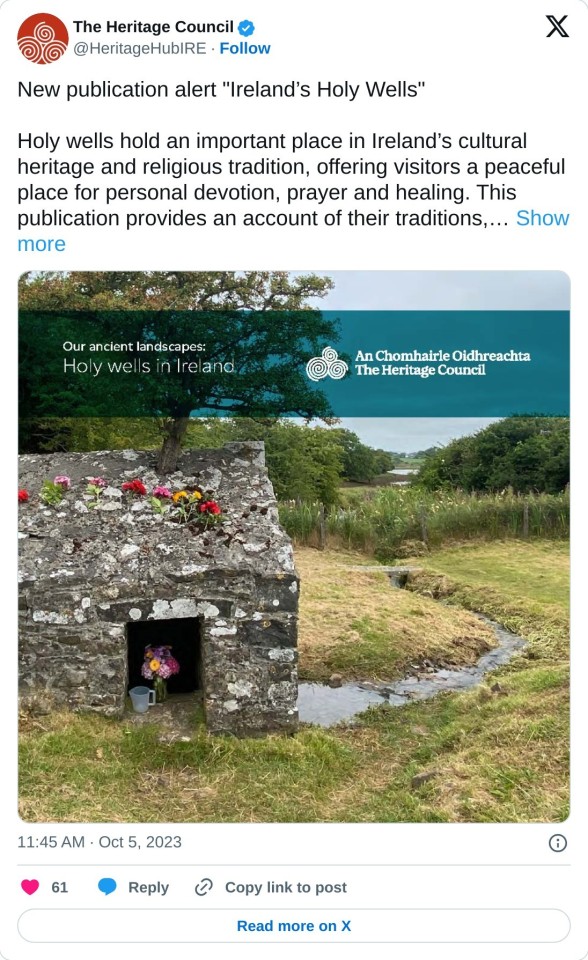
A great overview on holy wells in Ireland, their history and modern uses. The one who wrote the pdf Tamlyn McHugh did some amazing work for the Sligo CoCo on local wells, collecting information on local practices not documented anywhere else.
Please please check out her work and if you live in ireland please check out your local holy well. They are important not just for catholics but also for anyone wishing to connect with the land they are on, people interested in Irish mythology or folklore or culture.
#irish paganism#celtic paganism#gaelic paganism#ireland#holy well#celtic Christianity#folklore#resources#irish mythology
8 notes
·
View notes
Text
#OTD in 587 – St Brendan the Navigator, early transatlantic voyager, dies.
#OTD in 587 – St Brendan the Navigator, early transatlantic voyager, dies.
In 484 St. Brendan was born in Ciarraighe Luachra near the port of Tralee, in Co Kerry, in the province of Munster, in the South West of Ireland. He was baptised at Tubrid, near Ardfert, by Saint Erc. He spent his first year with his parents, then he went to the home of the local chieftain, Airde mac Fidaigh at Cathair Airde in Listrim, three miles to the East. He returned to his family at the…

View On WordPress
#Ancient Cross#Ardfert#Co. Kerry#Egressio familiae S. Brendani#Holy Well#Ireland#Mount Brandon#Naval Academy#Navigatio Brendani#Patron Saint of sailors and travellers#St Patrick#St. Brendan the Navigator#Transatlantic Voyager#Twelve Apostles of Ireland#United States Naval Academy#Valentia Island
11 notes
·
View notes
Text
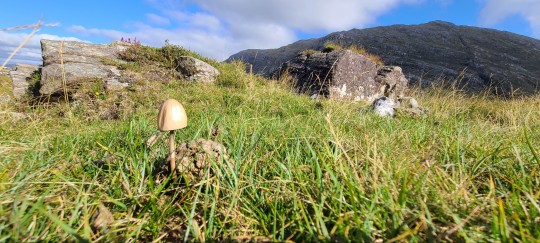
A little friend growing out of sheep dung, just to the left is one of two holy wells at Mám Éan in Connemara. Ireland is magical.
#gay pagan#gay mystic#gay magic#gay witch#queer mystic#queer pagan#queer witch#pagan#mysticism#paganism#mushrooms#fungus#holy well#forest core#Ireland#prechristian ireland#pilgrimage#Mám Éan#fungilove#fantastic fungi#fungi#mushroom#connemara
13 notes
·
View notes
Text
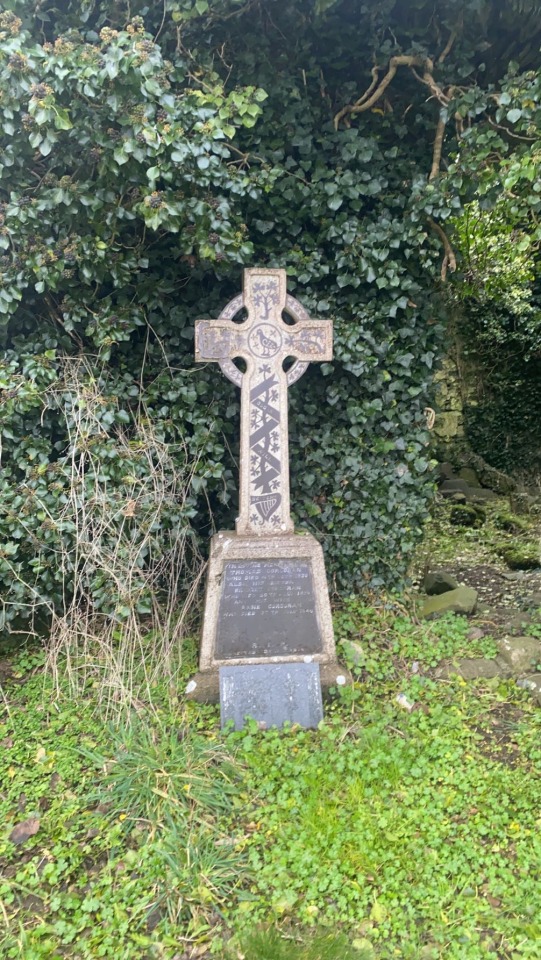

North-West Ireland
#christianity#christian#cross#grave#gravestone#ireland#rural ireland#graveyard#holy well#these are from two different places#photography#aesthetic#Catholic#Catholicism#own post
10 notes
·
View notes
Text
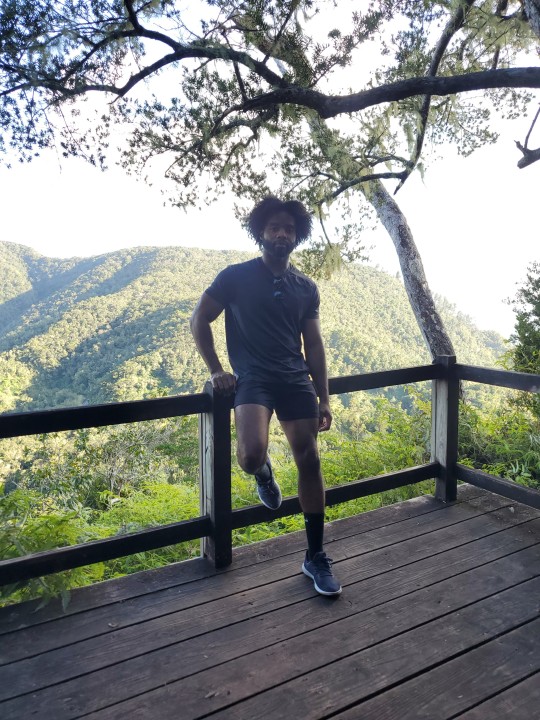



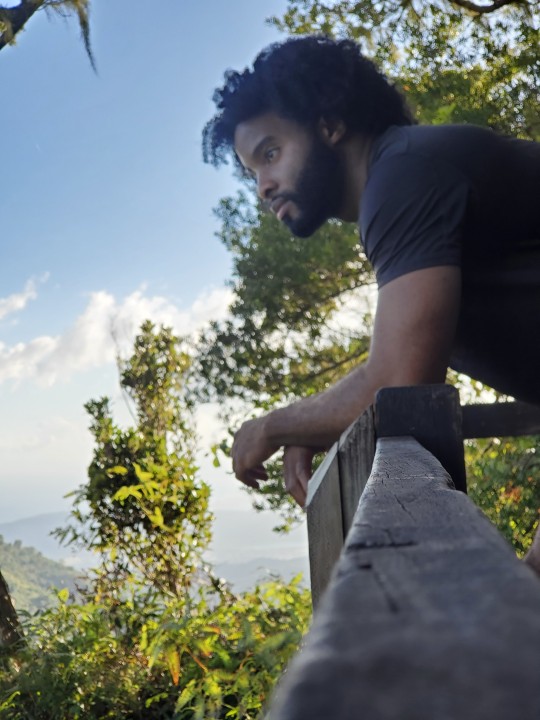
2 notes
·
View notes